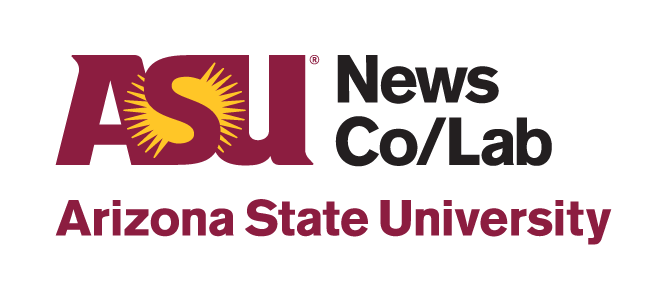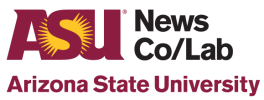
Building news savvy: Best practices
▸Education
Learn By Doing
WHAT IS IT?
The Journalistic Learning Initiative helps students report and craft their own journalism — improving media literacy as well as general learning. As part of its project-based approach, the initiative encourages student teams to choose a topic, then guides them through research, identifying experts, conducting Skype interviews, and finally producing and publishing a work of journalism.

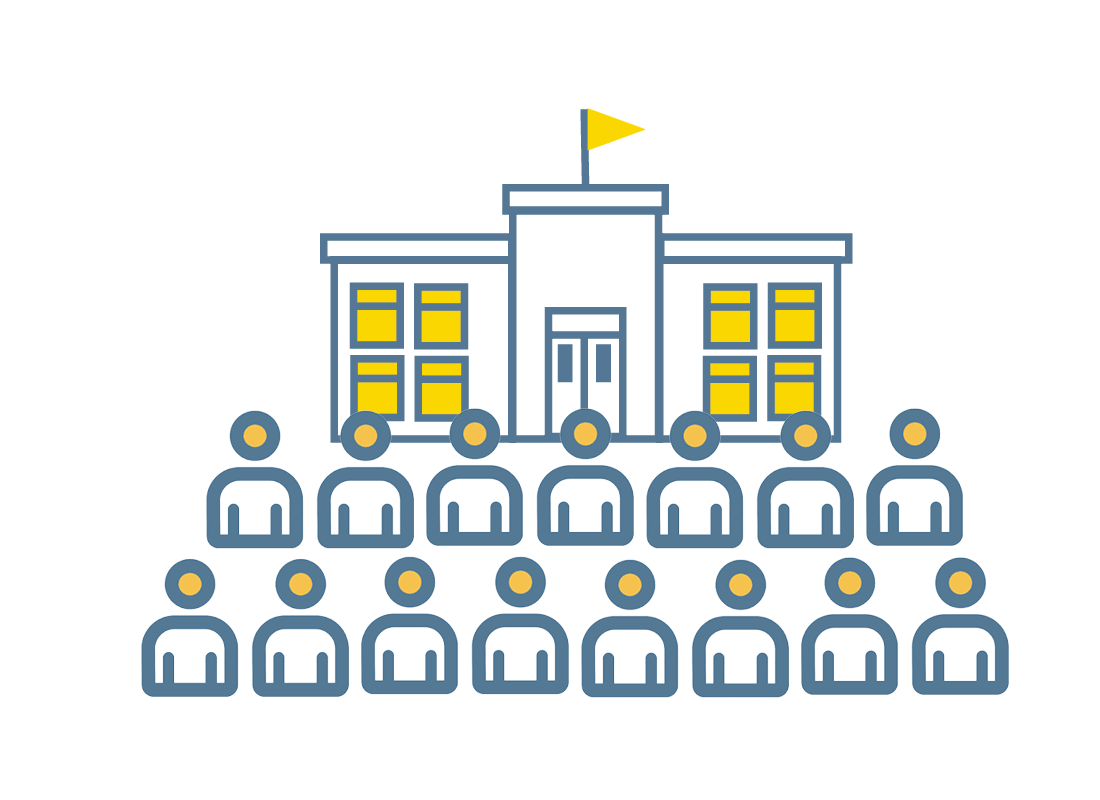
WHO’S BEHIND IT?
The Initiative works in partnership with the University of Oregon’s School of Journalism and Communication and College of Education. Co-founded by journalism professor Ed Madison, journalism and English teacher Esther Wojcicki, and philanthropist and educator Tara Guber, JLI has worked with more than 500 students at nine Oregon and California high schools. The program’s partners include Adobe, Alphabet, the Student Press Law Center and the Newseum.
DOES IT WORK?
In a 2016 assessment, nearly 80 percent of middle school participants said the program helped “improve their critical thinking skills” — a major component of media literacy. Madison’s book Newsworthy: Cultivating Critical Thinkers, Readers, and Writers in Language Arts Classrooms shows journalistic learning boosts student performance, building on the work of Indiana University’s Jack Dvorak, author of Journalism Kids Do Better.
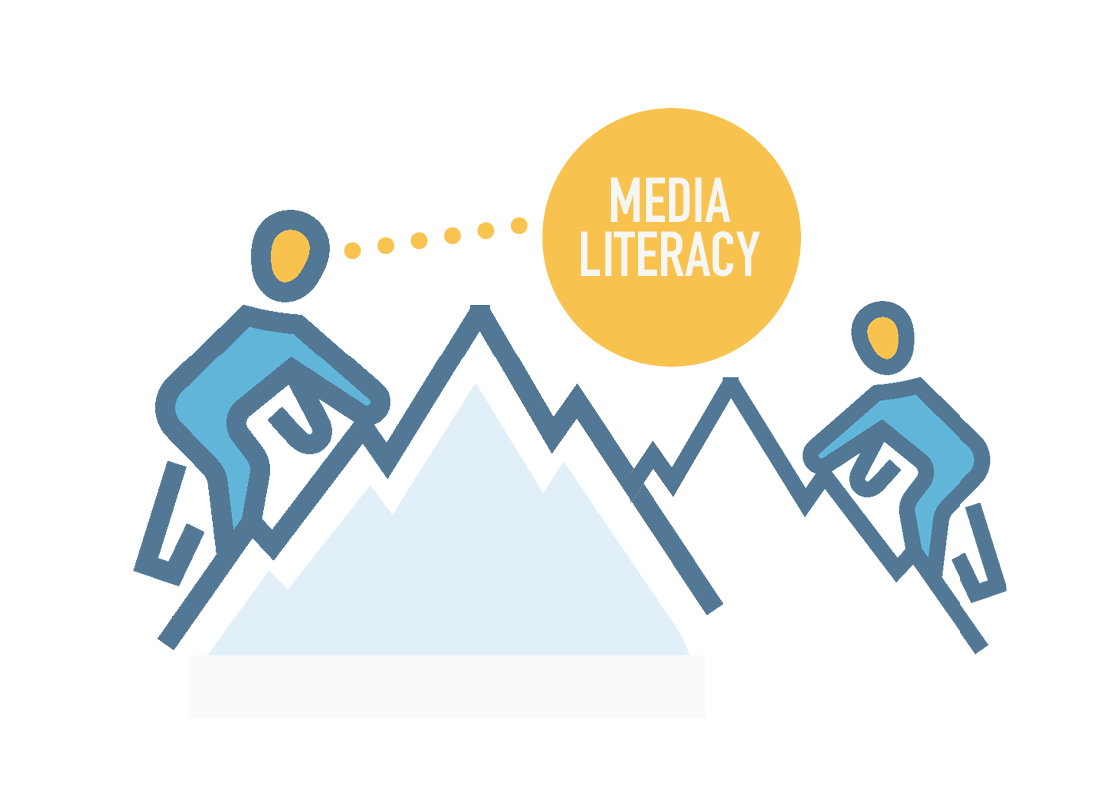
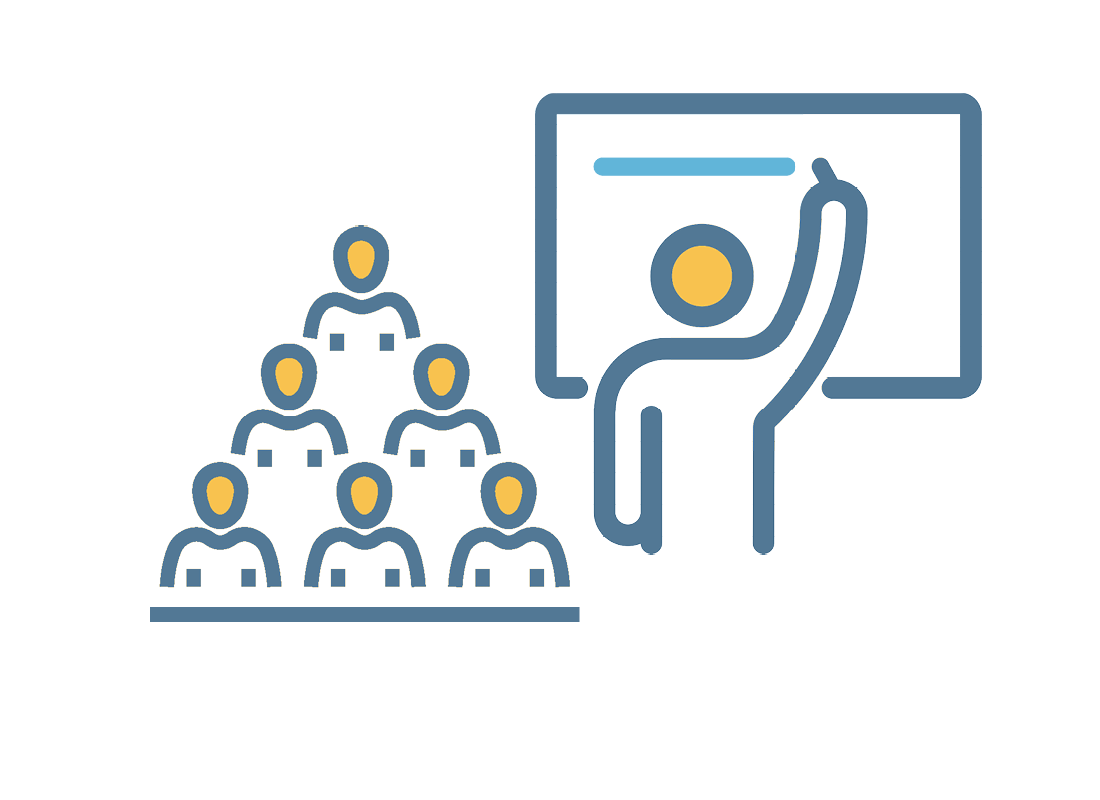
HOW TO DO IT
The JLI Educator Institute pays recent journalism graduates a stipend to work at a middle or high school for nine months. (Qualified candidates can apply online.) Student journalism projects are designed in partnership with local English and/or social studies teachers. The projects match students’ interests with subject-specific learning goals. Each group’s final output — typically a text or multimedia feature — is published. Educators interested in partnering: email info@journalisticlearning.org.
